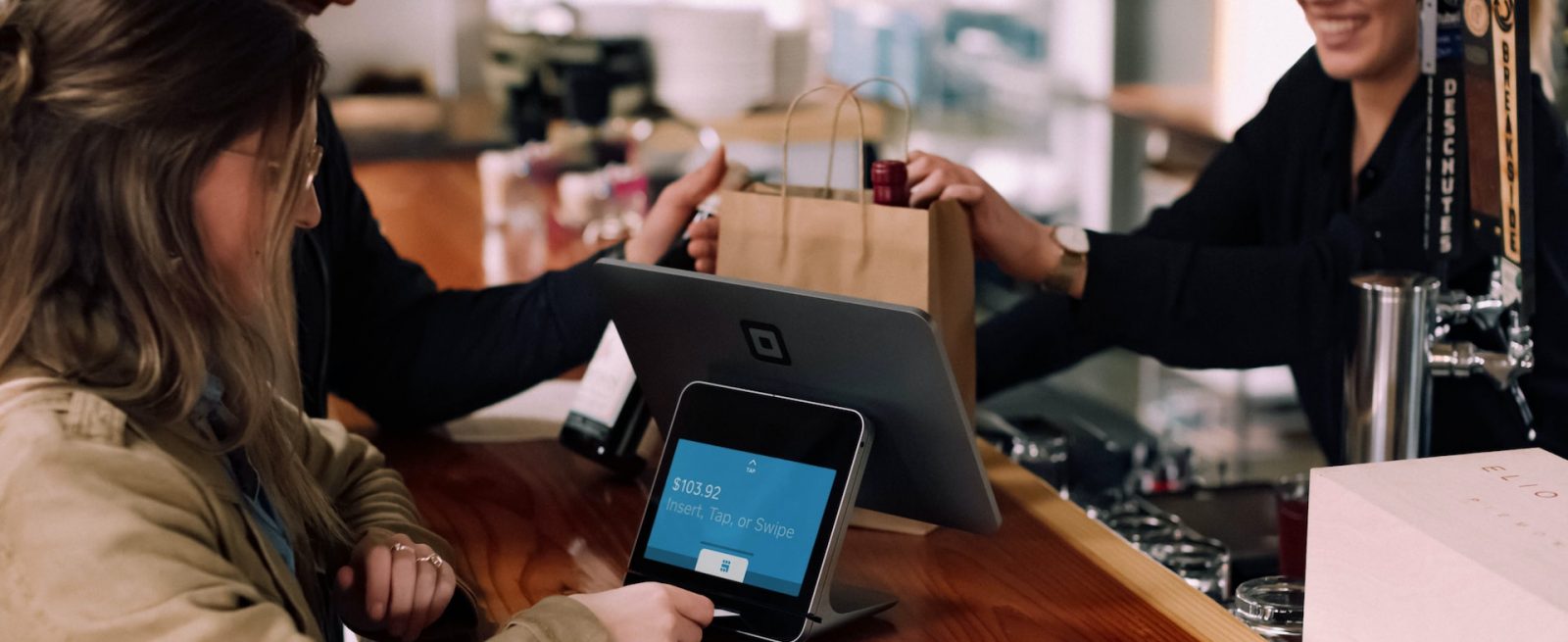How Technology Is Transforming Restaurant Checkouts
3 Min Read By Christopher Gilderson
When you ask your diners how they would like to pay, when was the last time they handed over physical cash? Perhaps you don’t even accept cash anymore? You wouldn’t be alone; well-known brands including Prezzo, Itsu and Côte Brasserie have all made the decision to go card-only for good as a means to reduce costs and speed up customer service.
Consumer expectations have also changed when it comes to making payments, demanding a quick, seamless, and sometimes even invisible, experience at checkout. The good news is that restaurant owners can streamline the checkout process and increase operational efficiencies by leveraging the latest payment technology.
Next Gen Mobile Payments
Now diners have become used to contactless payments, mobile payment options have gained traction in the hospitality industry, and mobile payments in Europe are expected to reach 1.1 trillion by 2025. Around 950 million mobile users make online mobile payments, leading to the rise of pay-at-table technology. This allows diners to use a smartphone to scan a QR code at the table, which will take them to a digital menu where they can order and pay before the food even arrives.
It now seems highly likely we’ll see the entire checkout process completed on customers’ own smart device rather than using a restaurants own hardware or payment terminal. Restaurants can print QR codes for payment on receipts or generate a QR code on a mobile POS device. Then, consumers scan the code with the cameras on their smartphones, which takes them to a payments page where they pay, similar to making a payment for an e-commerce order. Another option is to text a link to pay via SMS so that customers can complete transactions on their own devices.
A staggering 81 percent of restaurant operators have already incorporated some form of mobile payment into their operations, recognising the benefits it brings to both the business and the consumer, but others are still reluctant to make the move to mobile because of the additional training and outlay required, and the fact not all customers will be comfortable using the technology.
I would urge those restauranteurs to remember that most payment terminals are compatible with this technology, requiring little additional cost or work, and that payment options are as important as ambience and food quality for many diners, especially younger consumers who value convenience and technology in equal measure.
I would urge those restauranteurs to remember that most payment terminals are compatible with this technology, requiring little additional cost or work, and that payment options are as important as ambience and food quality for many diners, especially younger consumers who value convenience and technology in equal measure.
Biometric Payments
We have yet to reach the pinnacle of convenient contactless payments, as Amazon demonstrated recently with its "pay by palm" plans. This technology offers consumers an effortless option for payment and identity verification by simply holding their hand over a scanner. Despite concerns about the security of storing biometric information, we could soon see this as the next evolution in quick payment, becoming commonplace in the restaurant industry.
Once customers become comfortable and familiar with biometric payments, voice payments are sure to follow. Setting up a voice payment system is very similar to paying through any other kind of online wallet, essentially just linking a credit/debit card to the device. The difference is that users don’t need to go into an app and press buttons to initiate payments; they simply prompt the device using a voice command. Although hurdles remain around security, privacy and difficulties with accents, voice technology could be utilised across a range of sectors, including hospitality.
The Future of Payments in Restaurants
Advances in artificial intelligence (AI), data capture, robotics and the metaverse will likely change the restaurant space even further in the coming years. They will mean restaurants can offer customers a more personalised experience and unprecedented convenience.
We may even be headed towards a future with a robot workforce and android waiters, with Bella Italia already trialling The BellaBot, which can carry up to 40kg on four trays to deliver and retrieve plates from tables. Whether diners would trust a robot to take payments remains to be seen.
From fast-food joints to fine dining are leveraging innovative payment methods to increase food services efficiency and enhance customer satisfaction. For restaurants looking to adopt any form of new payment technology, its vital to find an expert partner which can not only provide the tech, but guidance on the best solution for their unique needs.


